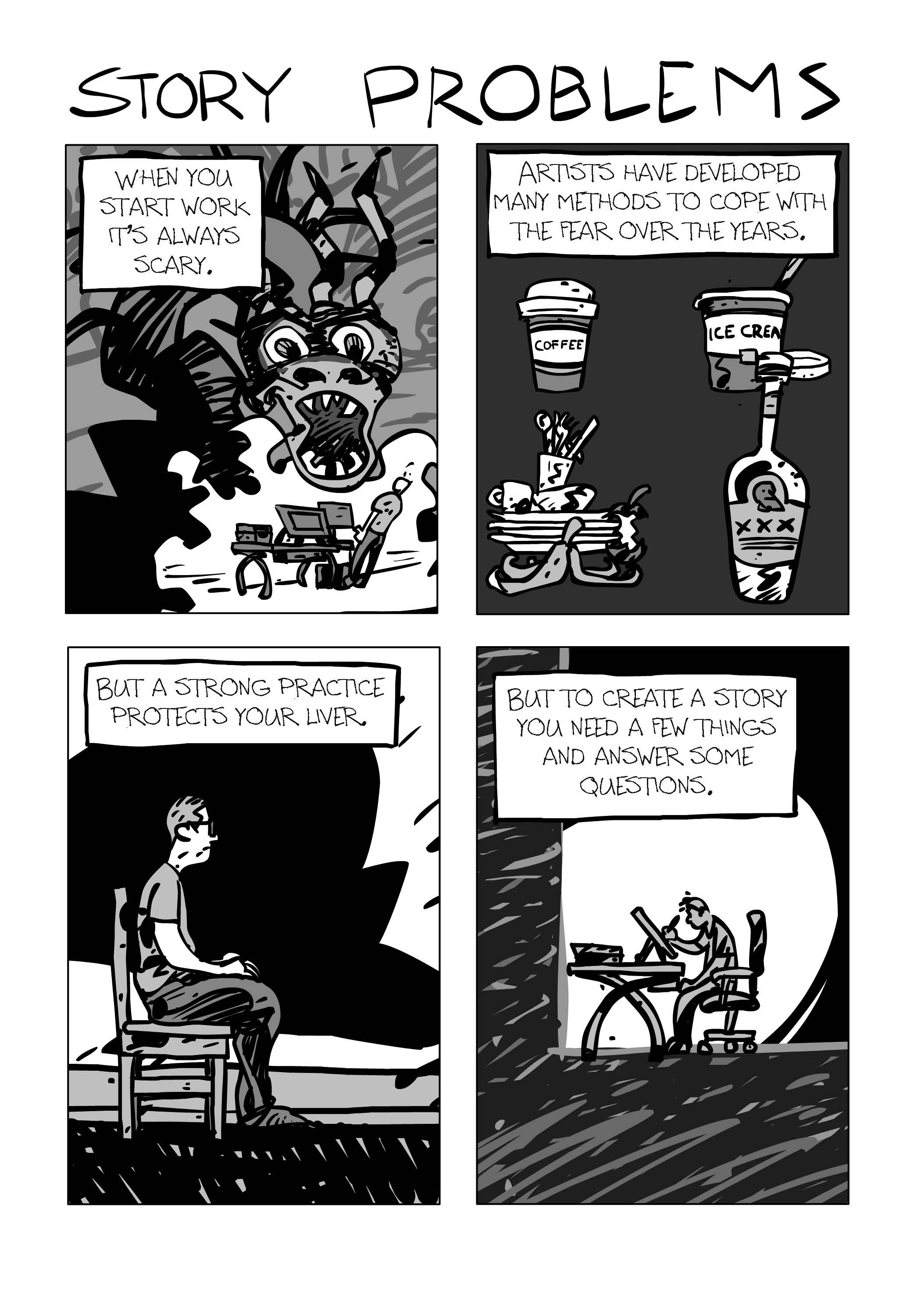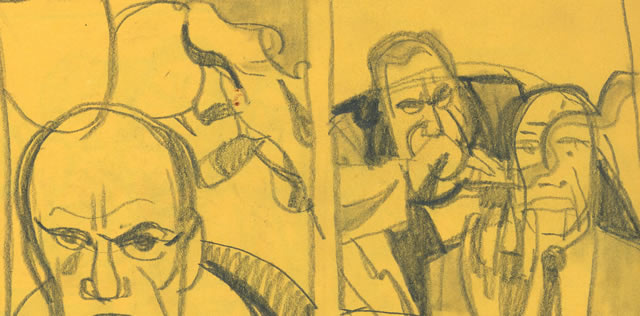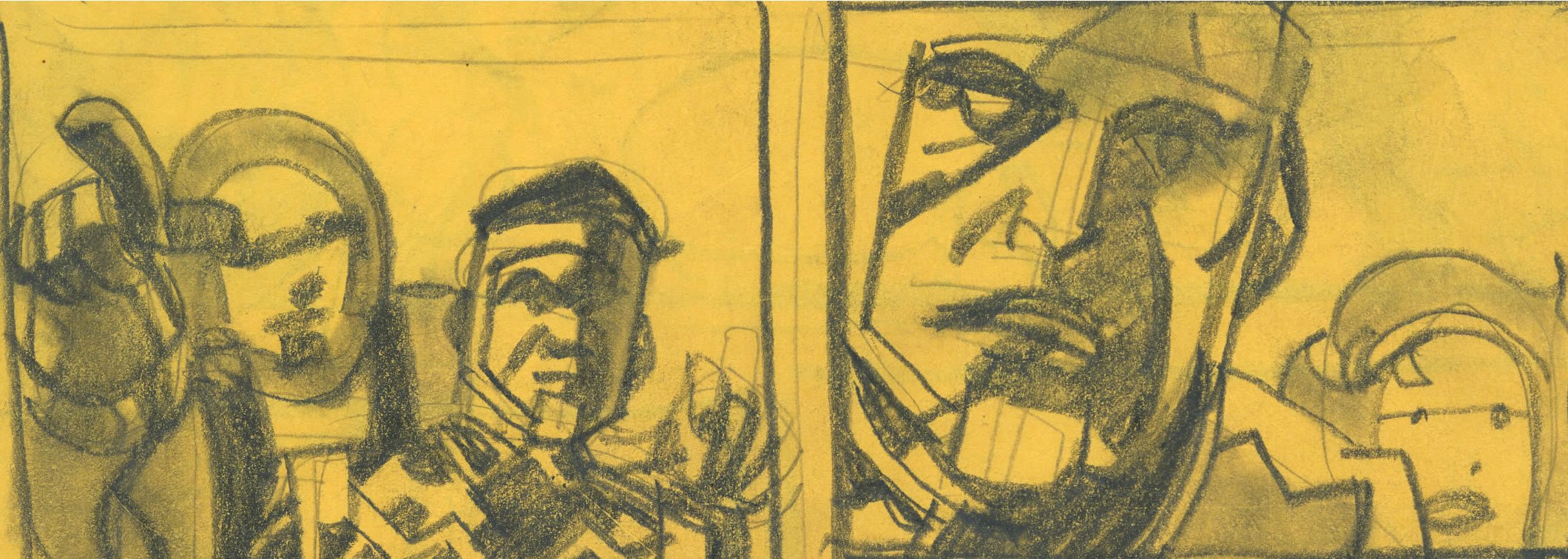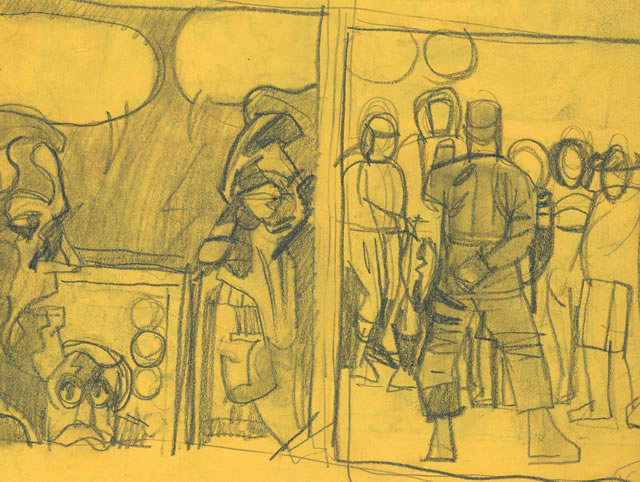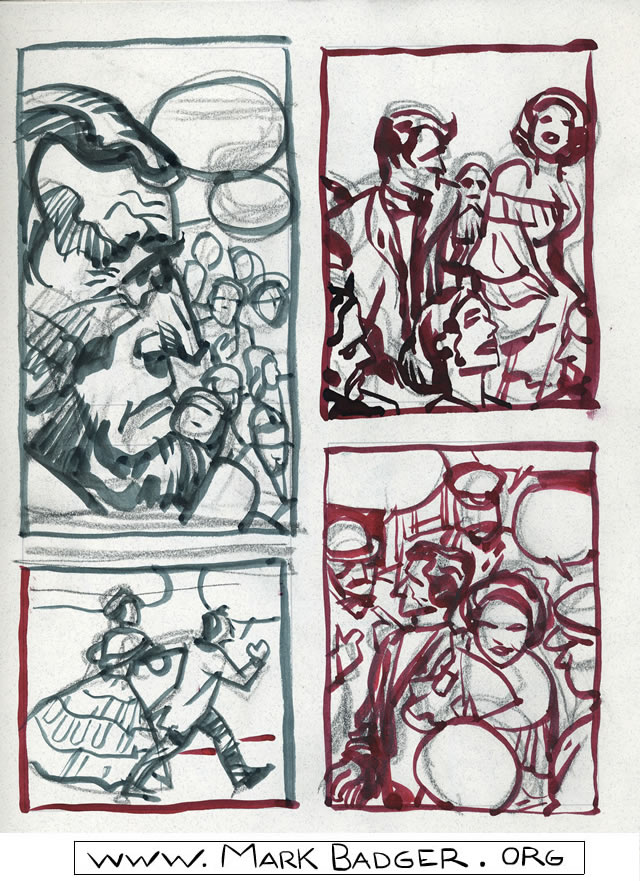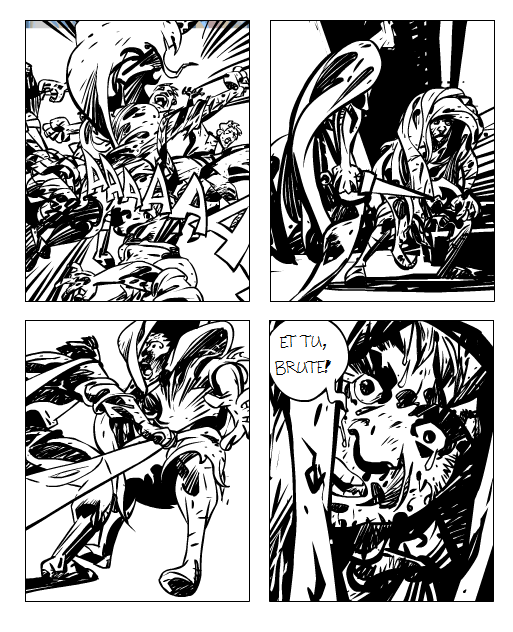
It’s all just Practice
Life and the Internet had destroyed my focus and ability to concentrate. To improve this. I started meditating.Then I studied some Buddhism. It’s not a very fancy religion. It’s just breath and do your shit. You practice paying attention to your breath so you can pay attention to everything else. It starts just sitting quietly.
Supposedly it can lead to amazingly fancy places if your not careful. It’s just a practice. But I now kinda want my whole life to be like that. Every artist should do good comics, with their own content and style. That’s easier said then done.
In my wandering path, my content and style, drove me out of mainstream comics. I ended up teaching creativity and programming. In teaching I had to learn a new craft.
Good teacher’s deconstruct their topic into parts. They break the topic into learnable chunks. They give the students a target or objective. They provide assignments that hopefully build back up into the full overview. Good teachers create a practice plan for their students.
The challenge for me now is a practice plan for doing comics. A system for learning and developing skills. So this series of posts is putting thirteen years of teaching experience into developing a plan for my own comics. For those who want more info tips and ideas from three books, Practice Perfect by Doug Lemov, Erica Woolway and Katie Yezzi, The Talent Code and The Little Book of Talent by Daniel Coyle have been really helpful in my teaching and thought.
Six Steps to Build a Practice Plan
- Analyze the game
- Isolate the skill
-
Name the Skill
-
Measurable Objective
-
Make a plan
-
Assessment
1. Analyzing the Game
There’s a couple of basics to thinking about a subject. First, ask who? What? When? Where? Why? and How? Professional sports is amazing human feats right. A group of genetic supermen who do acts no normal man could. Often records of games makes you feel like everything is just life the way it works out by who’s stronger. Good writers, like Bill Simmons, http://grantland.com/features/god-loves-cleveland/ , shows you the game beyond the genetics. He shows you the skills that make the players great.
In looking at art, stare. Define what makes the work exceptional. That is something that you can steal. In looking at others work you lay the foundation to grow.
2. Isolate the Skill
It’s easy to think of visual art as objects, not skills. See, if in describing a work, you can turn the description into an action the artist does. Then how do you too can do the action.
In sports it’s all action, the performance is all there is. Visual art is the result of a performance. There are hard and soft skills. Hard skills are easily measurable. Working for a long period of time is a hard skill. Set a timer for 55 minutes, when it dings, it’s a failure or a success , depending on where you are.
Soft skills are patterns in the work. The relationship between negative and positive space in a composition. If it’s a skill, you can use the same relationships between bottles that Morandi created, to do your work with monsters. It’s seeing these things as skills that can be played with and practiced that can lead to freedom.
Your looking for chunks of skills, that you can turn into games. Things that you can repeat as an exercise to develop a skill.
3. Measurable Objective
How do you know where you are going? Because you set a destination for where you are going.
Set a goal for the skill. A goal like, use negative space to increase focus on a character? How will you know if you succeed?
Don’t work to make your old teacher happy. Don’t work for the audience. just work. That’s how you become yourself.
4. Name it
We all have ghosts in our heads chattering away about what we do. Give them a vocabulary so they can all talk about the same thing. That way maybe all the hungry ghosts can work together and calm down.
5. Make a plan
The basketball coach John Wooden spent an hour and a half planning his practices. The practices were 2 and a half hours long.
Create games that you can try and win. You have a goal to reach. Make them little games you can play in five minutes. Make it fun. Make it short and sweet, so it fits your work. See if you can make a different game from the first one. Play!
6. Assessment
Did you win the game you made? Did you win by one or a hundred? How do you know? What are you trying to create?
Adding ideas doesn’t make it anything other then you.
Can you evaluate what you have done to make it all a success? Can you see the write out the difference between good and bad work? It’s all about waking up and beginning to apply yourself to exactly what you want to do.
Assignments for 1 week
1.
Analyze your day. Pick three hard skills you would like to improve from daily life, things like brushing teeth, yoga, drinking less coffee. Isolate what skill you need to improve. Define your objective. Play the game and track your score. See how many times you win.
If you want to make the game a habit you have to play it thirty times in a row
2.
Pick three artists. Write 300 words about their work each.
